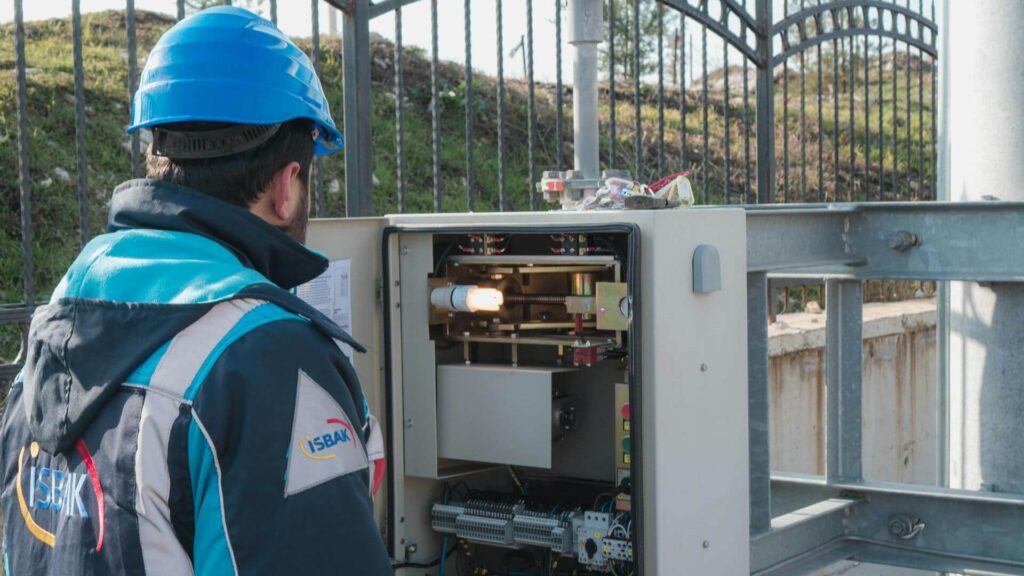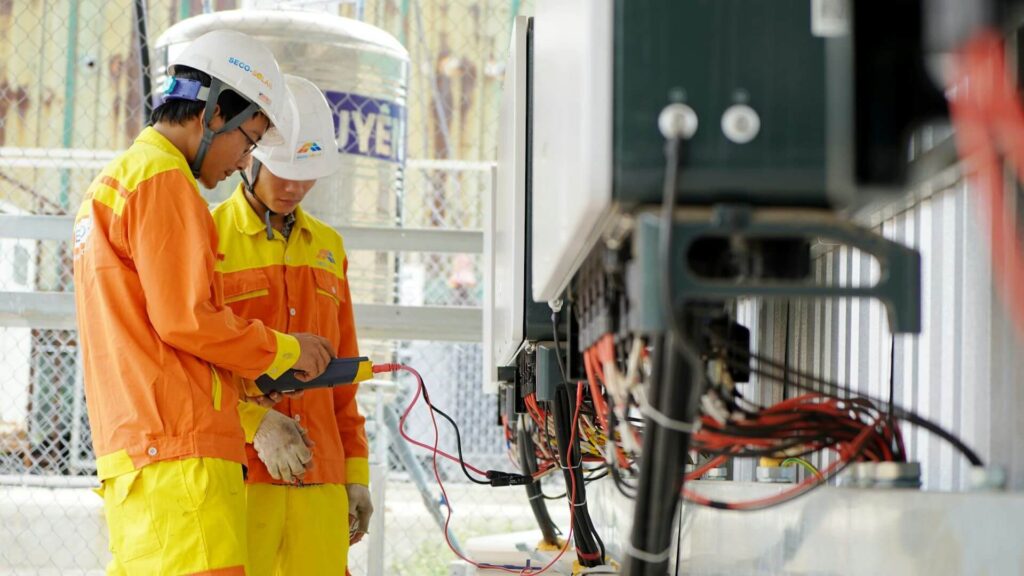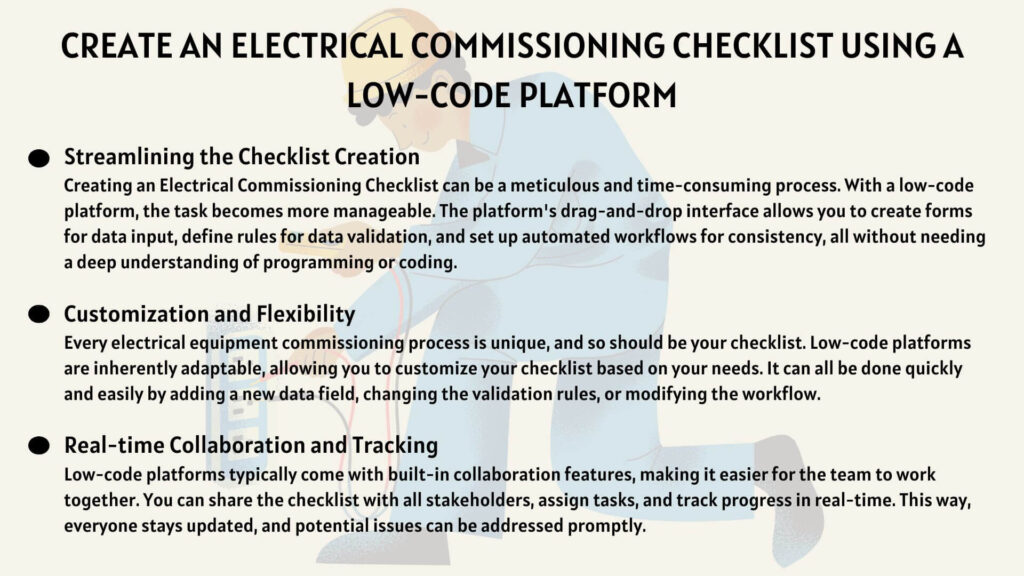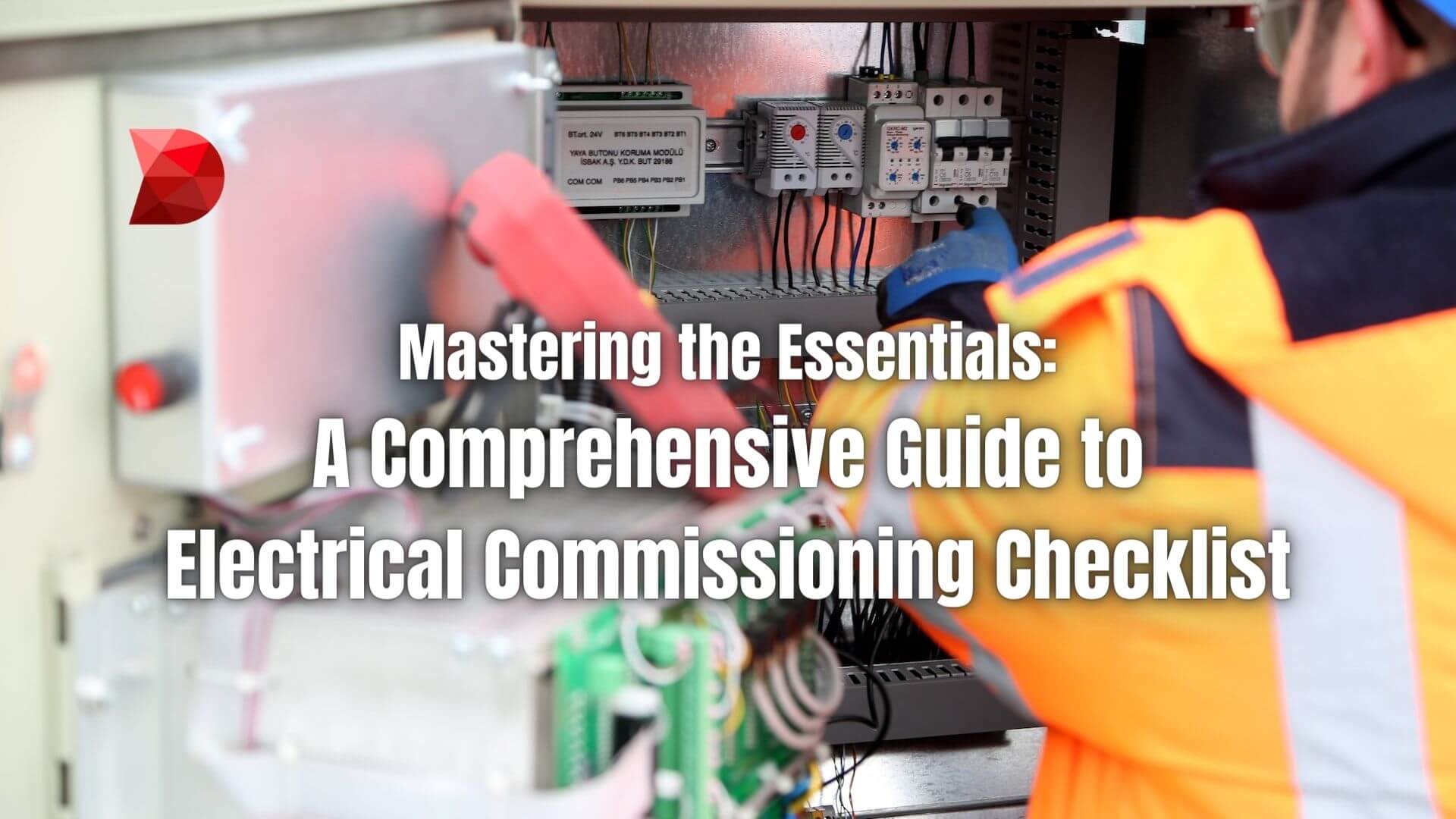Call it an electrician’s secret weapon or the unsung troubleshooter in power generation; the Electrical Commissioning Checklist is arguably one of the most critical tools at your disposal. Who needs to grapple with unexpected hiccups during the construction of electricity generation equipment when you can carefully track each step of the way?
This guide will illuminate the path to effectively employing this checklist, whether you’re the electrical expert managing a construction project or the service team leader ensuring everything’s in tune. Brace yourself for an enlightening expedition into the world of electrical commissioning checklists!
Table of Contents
ToggleWhat is an Electrical Commissioning Checklist?

An Electrical Commissioning Checklist is a systematic tool specifically designed to monitor and record the status of electrical equipment during its installation process. Think of it as your vigilant sentry, meticulously observing each aspect and function of the equipment, ensuring they are constructed and operating as planned.
The checklist covers various stages, from initial inspections, performance testing, and validations to final sign-off, effectively minimizing risks associated with the construction and operation. This checklist certainly serves as the safety harness in the rollercoaster ride that is power generation project management!
Purpose of an Electrical Commissioning Checklist
The Electrical Commissioning Checklist is your strongest ally in managing the intricacies of power generation project management. It’s there to guide you through the commissioning labyrinth, ensuring you don’t lose track of the details. Let’s delve into the purpose of this incredibly helpful tool.
Ensuring Compliance and Standardization
The checklist ensures that all electrical installations comply with the required standards. It’s like a hawk-eyed supervisor monitoring the conformity of every procedure, component, and part involved. You can’t afford to make errors or oversights in a realm as sensitive as electrical equipment construction, can you?
Risk Management and Quality Assurance
The checklist aids in identifying potential risks early in the process. It’s like a fortune teller, predicting what might go wrong and enabling you to take preventive measures. Moreover, it serves as a tool for quality assurance, ensuring all the components and systems are working perfectly in tandem.
Documentation and Tracking
Not just an overseer, the checklist also acts as a chronicler, documenting every detail of the commissioning process. This helps track progress and provides a valuable record for future reference, inspections, and maintenance. It’s like a diligent librarian, keeping all your essential information neatly cataloged and within reach.
The Electrical Commissioning Checklist is a multi-tasking wizard that helps you maintain compliance, ensure quality, manage risks, and document everything.
Who Uses an Electrical Commissioning Checklist?
An Electrical Commissioning Checklist isn’t just a tool for anyone; it is a must-have for professionals navigating the complexities of electrical equipment construction and operation. This set of people find it especially beneficial. So, who are these people who keep this checklist closer than their morning coffee? Let’s meet them:
- Electrical Engineers: They utilize the checklist to ensure every aspect of the equipment commissioning process adheres to the stipulated standards, thereby maintaining the quality of the electrical installations.
- Project Managers: Project managers use the checklist to document every detail, track progress, and manage risks, helping them stay on top throughout the project lifecycle.
- Service Team Leaders: In the world of maintenance and repairs, service team leaders find the checklist immensely useful. It aids them in tracking the functionality of the equipment and planning for regular inspections.
- Quality Assurance Inspectors: These professionals use the checklist to measure quality control, ensuring all the components and systems are working perfectly in tandem.
- Safety Officers: Safety officers refer to the checklist to ensure all safety protocols surrounding electrical installations are in place, reducing the risk of accidents and mishaps.
- Consultants and Auditors: For consultants and auditors, the checklist acts as a reference point for advising on effective commissioning processes or conducting audits for compliance.
What to Include in an Electrical Commissioning Checklist?

Designing an effective Electrical Commissioning Checklist is much like preparing for a big adventure – ensuring you have all the necessary equipment for your journey. This checklist encapsulates critical stages and components of electrical equipment commissioning, enabling you to maintain control over the process and ensuring nothing slips through the cracks. Here’s a list of essential items to include in your Electrical Commissioning Checklist:
Preliminary Checks
Before the actual commissioning process begins, preliminary checks are vital. These include inspecting the equipment and materials, verifying proper storage conditions, and checking the conformance of installation to design requirements.
Installation Checks
During the installation phase, the checklist should cover checks for correct mounting of equipment, proper wiring, and secure connections. It also includes verification of safety measures like grounding and insulation.
Performance Testing
Once the installation is completed, performance testing is the next step. The checklist should include functional tests, efficiency tests, and safety tests. This helps ensure the equipment operates as expected under different conditions.
Operational Checks
Operational checks involve verifying that the equipment is functioning under normal operating conditions. This checklist section should include checks related to startup, load handling, and shutdown procedures.
Final Inspection and Documentation
The final section of the checklist should cover the end-stage inspection, which includes checking installation cleanliness, finalizing documentation, and signing off on the process. This ensures all tasks have been performed to satisfaction and the system is ready for use.
By incorporating these items into your Electrical Commissioning Checklist, you can systematically track every step of the commissioning process, ensuring a thorough and efficient exercise. Remember, a well-designed checklist is a powerful tool for quality assurance, risk management, and compliance tracking. So, ensure your checklist is thoroughly detailed yet easy to comprehend and use.
Create an Electrical Commissioning Checklist Using a Low-code Platform
Low-code platforms are transforming how we create and manage workflows, including creating an Electrical Commissioning Checklist. These platforms use a visual development approach to programming, empowering even non-technical users to develop applications. They allow for rapid application design, development, and implementation with minimal hand-coding. How does this connect to our Electrical Commissioning Checklist? Let’s get into it.

Streamlining the Checklist Creation
Creating an Electrical Commissioning Checklist can be a meticulous and time-consuming process. With a low-code platform, the task becomes more manageable. The platform’s drag-and-drop interface allows you to create forms for data input, define rules for data validation, and set up automated workflows for consistency, all without needing a deep understanding of programming or coding.
Customization and Flexibility
Every electrical equipment commissioning process is unique, and so should be your checklist. Low-code platforms are inherently adaptable, allowing you to customize your checklist based on your needs. It can all be done quickly and easily by adding a new data field, changing the validation rules, or modifying the workflow.
Real-time Collaboration and Tracking
Low-code platforms typically come with built-in collaboration features, making it easier for the team to work together. You can share the checklist with all stakeholders, assign tasks, and track progress in real-time. This way, everyone stays updated, and potential issues can be addressed promptly.
A low-code platform redefines creating and managing an Electrical Commissioning Checklist. It simplifies the task, offers flexibility, and enhances collaboration, making it an ideal tool for professionals involved in the commissioning of electrical equipment.
Why You Should Try DATAMYTE
DATAMYTE is a quality management platform with low-code capabilities. The DataMyte Digital Clipboard is a low-code workflow automation software that features a checklist and smart form builder. This tool lets you create a comprehensive Electrical Commissioning Checklist quickly and easily.
DATAMYTE also lets you conduct layered process audits, a holistic assessment of critical process steps, focusing on the areas with the highest risk of failure or non-compliance. By conducting LPA with DATAMYTE, you can effectively identify and correct defects before they become major quality issues.
DATAMYTE is the complete package for creating and implementing Electrical Commissioning Checklists. Book a demo with our team today to learn more.
Conclusion
A well-crafted Electrical Commissioning Checklist is instrumental in ensuring the successful commissioning of electrical equipment. Low-code platforms streamline the checklist creation process and foster real-time collaboration and tracking. By leveraging these modern tools, we can significantly enhance commissioning processes’ efficiency, effectiveness, and overall quality.



